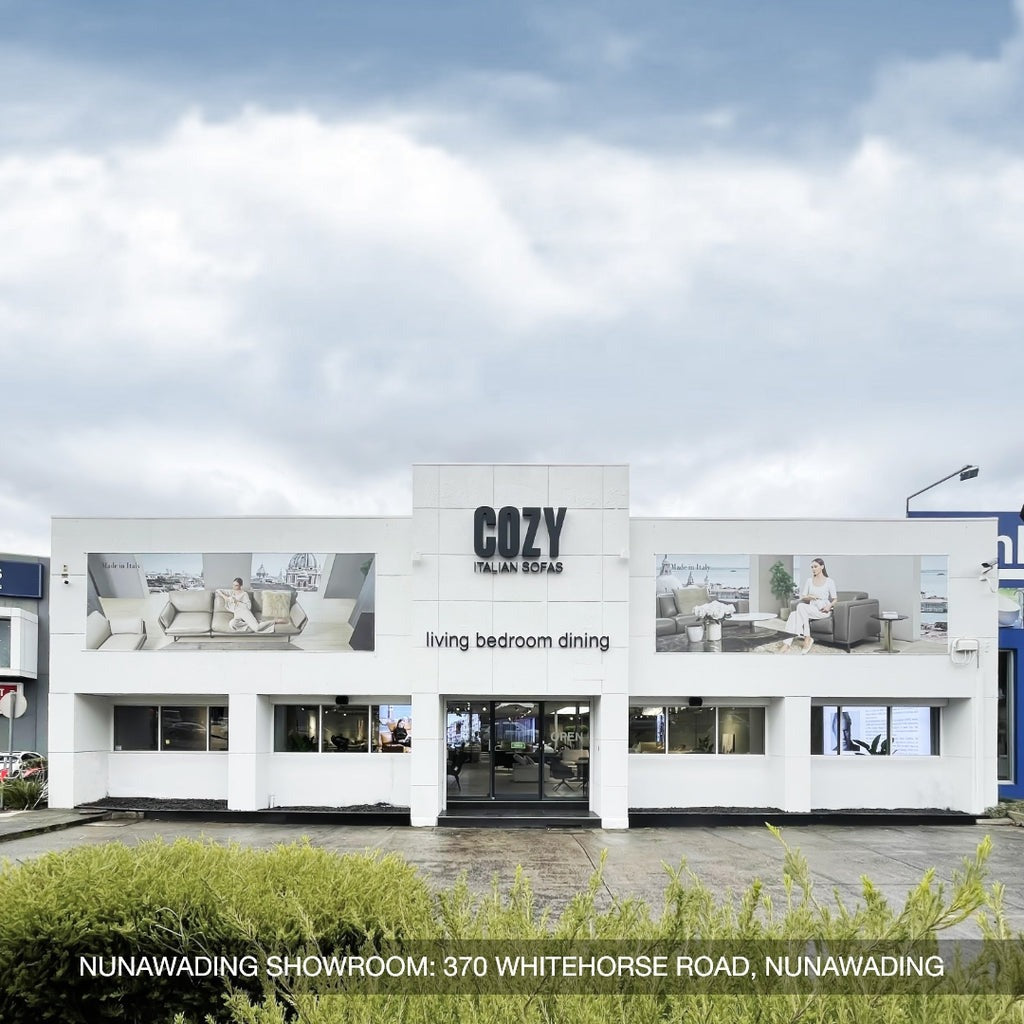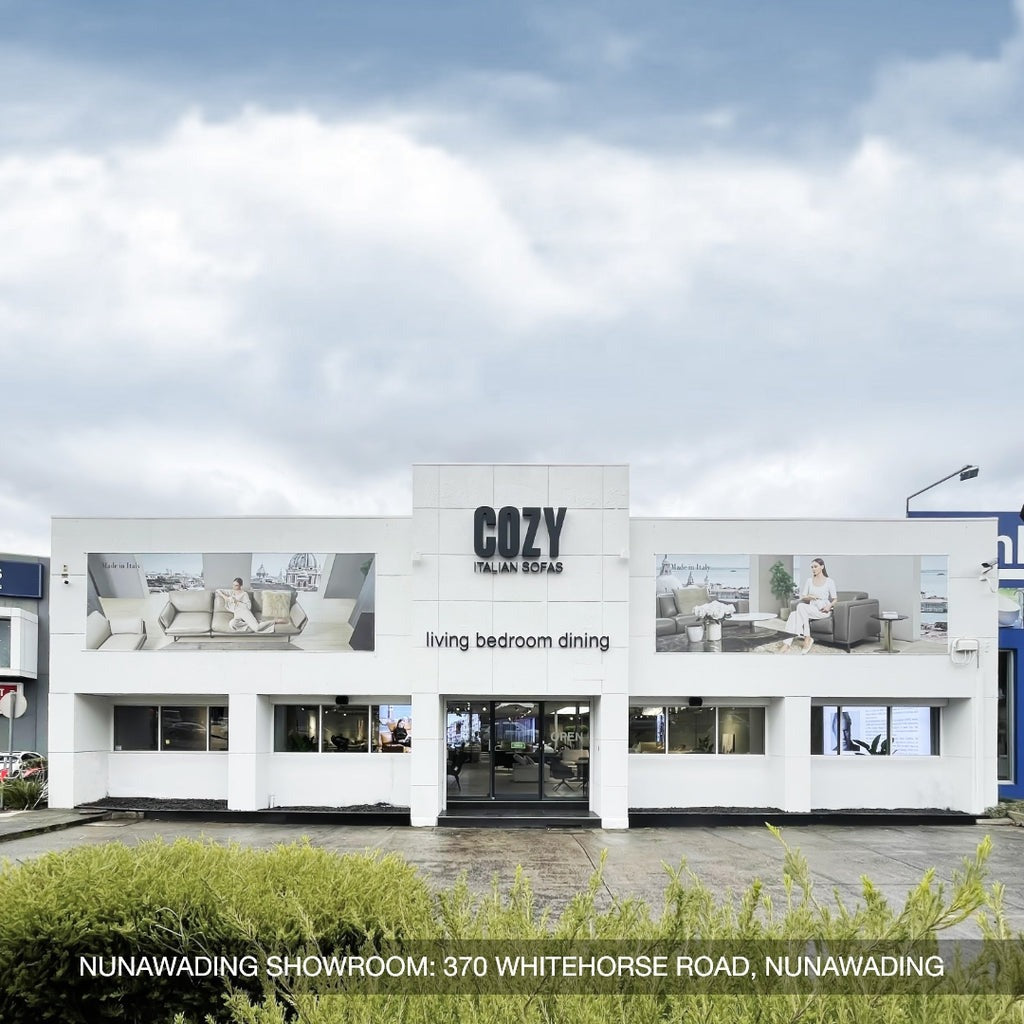In the realm of home design, the perpetual debate between a cozy breakfast nook and the grandeur of a formal dining room captivates homeowners seeking the perfect balance of comfort and elegance. The juxtaposition between these two spaces, the intimate breakfast nook and dining room, has become a focal point in interior design discussions.
As families navigate the choices, weighing the merits of functionality and aesthetics, the question of "breakfast nook vs dining room" emerges as a pivotal consideration. Each option presents its unique set of pros and cons, inviting homeowners to deliberate on the essence of their ideal dining experience.
What Are Breakfast Is Breakfast Nooks?
In proximity to the kitchen area, a dedicated space, often petite, known as a breakfast nook, serves the purpose of casual dining and relaxation. The nook usually features a table, commonly designed to match the space's dimensions, along with comfortable seating like benches or chairs.

A breakfast nook is a designated space within a home, often smaller than a formal dining room, that is specifically designed for casual meals, snacks, or quick breakfasts.
The layout of this delightful corner may take different forms, ranging from a rounded table with a sturdy base to a more traditional 3-piece dining table set. The design allows for a blend of styles, whether it be a mix of contemporary elements or a focus on creating a cozy breakfast nook ambiance.
The choice of materials and finishes offers great variability. Consider options like solid wood for tables and benches, medium-tone wood floors, or a light wood floor for the breakfast nook. The contrast between a breakfast room vs formal dining room can be further emphasized with a contemporary dining table.
Pros
- Versatility beyond eating
- Ideal for children or families
- Intimate
- Stylish design element
Cons
- Kitchen space congestion
- Potential for a cluttered kitchen appearance
- Limited for hosting guests
- Occupies valuable space
What Are Formal Dining Rooms?
- Versatility beyond eating
- Ideal for children or families
- Intimate
- Stylish design element
Cons
- Kitchen space congestion
- Potential for a cluttered kitchen appearance
- Limited for hosting guests
- Occupies valuable space
What Are Formal Dining Rooms?
- Kitchen space congestion
- Potential for a cluttered kitchen appearance
- Limited for hosting guests
- Occupies valuable space
What Are Formal Dining Rooms?
Formal dining rooms, often considered the epitome of refined dining experiences, serve as designated spaces for hosting elegant meals and special occasions. These rooms are typically distinguished by their sophisticated decor and upscale furnishings, creating an ambiance that exudes grace and formality.

Formal dining rooms are typically distinguished by their sophisticated decor and upscale furnishings, creating an ambiance that exudes grace and formality.
In contrast, the concept of a breakfast nook introduces a more casual and intimate setting within a home. This smaller, cozy space is strategically placed, frequently adjacent to the kitchen, and serves as an ideal spot for everyday meals and relaxed gatherings.
For those navigating the realm of interior design, exploring small dining room ideas can be particularly rewarding. Maximizing the potential of limited space while maintaining a stylish and functional atmosphere is a key consideration. Whether it's clever furniture choices, strategic lighting, or innovative decor, small dining room ideas offer creative solutions for transforming compact spaces into inviting and aesthetically pleasing dining areas.
Pros
- Accommodates many guests
- Special atmosphere for parties, with a separated space from the kitchen
- Open ambiance
Cons
- Kitchen might lack space for a formal dining area
- Full set can be costly
- Potential underutilization with a busy lifestyle
The Difference Between Breakfast Nooks Vs Formal Dining Rooms
Breakfast Nooks
- Accommodates many guests
- Special atmosphere for parties, with a separated space from the kitchen
- Open ambiance
Cons
- Kitchen might lack space for a formal dining area
- Full set can be costly
- Potential underutilization with a busy lifestyle
The Difference Between Breakfast Nooks Vs Formal Dining Rooms
Breakfast Nooks
- Kitchen might lack space for a formal dining area
- Full set can be costly
- Potential underutilization with a busy lifestyle
The Difference Between Breakfast Nooks Vs Formal Dining Rooms
Breakfast Nooks
Breakfast Nooks
The distinction between breakfast nooks and formal dining rooms lies in their purpose, layout, and overall ambiance. A breakfast nook, nestled often near the kitchen, represents a charming and intimate space tailored for casual dining and relaxation. This petite yet inviting corner typically features a compact table and comfortable seating, such as benches or chairs. It serves as a versatile setting, accommodating daily meals and fostering a cozy atmosphere that encourages relaxed family gatherings or leisurely solo breakfasts. The breakfast nook, with its proximity to the kitchen, also emphasizes convenience, making it an ideal spot for a quick bite or a quiet morning coffee.
Formal Dining Rooms
On the other hand, the formal dining room takes a more grandiose approach to dining experiences. It stands as a dedicated space, separate from the hustle and bustle of the kitchen, designed to host elaborate meals and special occasions. The formal dining room often boasts elegant furnishings, sophisticated decor, and a more spacious layout to accommodate a larger number of guests.

Each space serves a specific purpose and contributes to the overall atmosphere and functionality of a home in its own unique way.
The distinction between a breakfast room vs formal dining room becomes evident in the purpose and atmosphere each conveys – one evoking intimacy and daily convenience, the other radiating opulence and the ceremonial nature of communal meals. Each space, whether the cozy breakfast nook or the lavish formal dining room, adds its unique flair to the overall aesthetic and functionality of a home.
What Considerations Influence Your Preference For Breakfast Nooks Or Formal Dining Rooms?
Available Space
Available Space
When contemplating the choice between a breakfast nook and a formal dining room, the available space in your home becomes a pivotal factor. A breakfast nook, often compact and nestled near the kitchen, thrives in smaller areas, making it an excellent choice for cozy homes or apartments with limited square footage. Its intimate setting fosters a sense of togetherness, perfect for quick family meals or a solitary cup of morning coffee. On the other hand, a formal dining room requires more expansive space to accommodate grand furnishings and create an air of sophistication. The decision between a breakfast nook and a formal dining room, therefore, hinges on the spatial dynamics of your living environment.
Furniture And Layout
Furniture and layout considerations play a crucial role in defining the character of your dining space. In the context of a breakfast nook, the focus often shifts towards smaller, more casual pieces, such as a petite table and comfortable seating like benches or chairs. This layout emphasizes functionality and a relaxed atmosphere.

Breakfast nooks are typically designed for smaller spaces, so choosing furniture that maximizes the use of available space is crucial.
Conversely, a formal dining room demands larger, more elaborate furniture to convey a sense of opulence and ceremonial dining. In both scenarios, the choice of materials and styles, such as considering ceramic table pros and cons, adds another layer to the decision-making process. Ceramic dining tables, for instance, offer a sleek and modern aesthetic, but it's essential to weigh factors like durability and maintenance.
Lighting And Ambiance
The role of lighting and ambiance is paramount in establishing the mood of your dining space. A breakfast nook benefits from ample natural light, creating a warm and inviting atmosphere. This setting encourages a casual and comfortable dining experience. In contrast, a formal dining room often features elaborate lighting fixtures to enhance the grandeur of the space, contributing to a more ceremonial and luxurious ambiance. The choice between these two dining spaces thus extends beyond functionality to embrace the emotional resonance each setting imparts.
Comfort And Durability
Comfort and durability considerations further guide the decision-making process. A breakfast nook, designed for daily use, prioritizes comfort with cozy dining seating options and durable materials. It's a space where families can gather effortlessly for quick meals or casual conversations. In a formal dining room, where the emphasis is on infrequent, special occasions, the durability of furniture takes precedence, ensuring that the investment in elegant pieces pays off over time.
Personal Style
Finally, the decision between a breakfast nook and dining room is deeply influenced by personal style preferences. A breakfast nook, with its casual and intimate vibe, is perfect for those who enjoy a laid-back approach to dining. Meanwhile, a formal dining room appeals to individuals with a taste for elegance and a desire to showcase their refined aesthetic. The choice is a reflection of your unique lifestyle and the image you wish to project within your home, making it a truly personal decision that blends practicality with individuality.
FAQs
Does A Breakfast Nook Have To Be In A Corner?
Does A Breakfast Nook Have To Be In A Corner?
Not at all! Corners, in particular, excel in smaller rooms, especially those blessed with good lighting.
Crafting a delightful breakfast nook is possible by positioning it against a wall with a bench seat or in an open space using an L-shaped seating arrangement, paired with, perhaps, a round table. Introduce additional chairs as necessary, suspend a pendant lamp over the table, and voilà—an effortlessly functional and aesthetically pleasing dining or breakfast nook is born.
Do People Use Formal Dining Rooms Anymore?
The utilization of formal dining rooms has shifted in modern times. Many individuals opt for more versatile and casual dining spaces, favoring open floor plans that blend kitchen and dining areas. The perception of formal dining rooms as reserved for special occasions has led to their infrequent use, with homeowners prioritizing multifunctional living spaces. However, personal preferences vary, and some still value the tradition and elegance associated with formal dining rooms, maintaining their use for specific events. The current trend suggests a preference for flexible and integrated dining areas, reflecting the evolving dynamics of contemporary living.
Conclusion
In conclusion, the choice between a breakfast nook and dining room hinges on individual preferences, lifestyle, and the desired atmosphere within a home. While breakfast nooks offer an intimate and casual dining experience, formal dining rooms evoke elegance and are reserved for special occasions. The decision is influenced by factors like available space, furniture preferences, and personal style.
Moreover, the modern trend embraces flexibility, reflected in the popularity of multifunctional spaces. An emerging solution is the integration of an extendable dining table for modern dining room, striking a balance between versatility and sophistication, accommodating both everyday meals and grand gatherings in the ever-evolving landscape of interior design.




